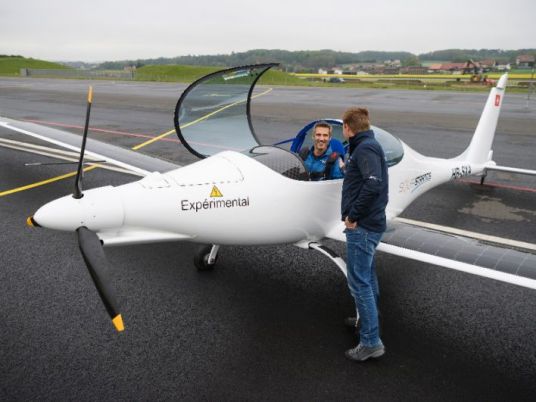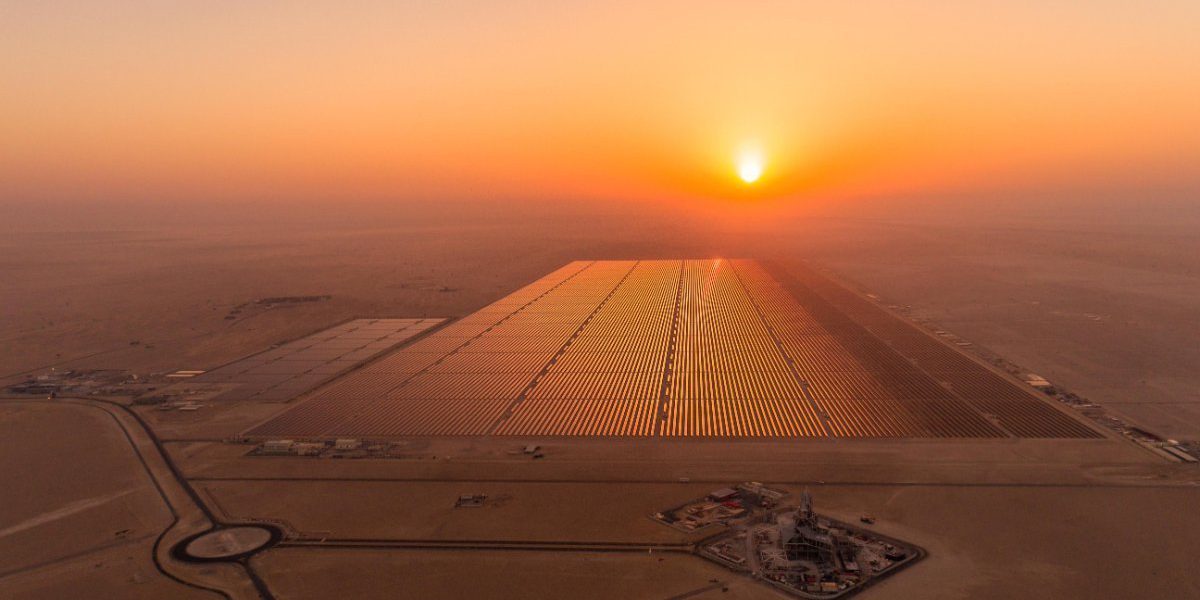
The first solar plane aimed at reaching the stratosphere made an initial low-altitude test flight over Switzerland Friday.
The SolarStratos, a super-light, sleek, white two-seater aircraft with long wings covered with solar panels, took off from Payerne at 8:00 am (0600 GMT), according to an AFP photographer at the airbase in western Switzerland.
"The maiden flight of the prototype … went off without a hitch," the SolarStratos team said in a statement.
Pilot Damian Hischier took the craft for a seven-minute test flight, reaching an altitude of 300 metres (nearly 1,000 feet), it said.
"The group will now study the test flight results before scheduling a longer flight at higher altitude," the statement added.
Eventually, the plane is expected to be able to fly at an altitude of 25,000 metres (82,000 feet), an impossible feat using a propulsion-driven aircraft.
Swiss adventurer Raphael Domjan, who is behind the project, aims to take the plane on its first stratospheric flight next year.
Harness Potential
"We must continue to work hard to learn how to harness the potential of this solar-powered treasure," he said Friday.
"We want to demonstrate that with current technology, it is possible to go beyond what fossil fuels offer."
The SolarStratos is 8.5 metres long, with long wings covered with 22 square metres (237 square feet) of solar panels, which are meant to provide it with 24 hours of autonomous flying time.
The plane weighs just 450 kilos (992 pounds).
Domjan, who in 2012 became the first person to sail around the world in a fully solar-powered boat, is aiming to go on a five-hour mission into the stratosphere: two hours up and three hours back.
The stratosphere lies above Earth's lowest atmospheric layer, called the troposphere.
At middle latitudes, the stratosphere runs from a lower boundary of about 10,000 metres to an upper boundary of about 50,000 metres.
Until now, reaching the stratosphere has required large quantities of energy or helium.
Reaching an altitude of 25,000 metres will pose huge technical and human challenges, SolarStratos points out on its website.
The plane and pilot will also be subject to temperatures as low as -70 degrees Celsius (-94 degrees Fahrenheit), it said.
And for weight reasons, the aircraft will not be pressurised, forcing Domjan to wear a spacesuit, meaning he will not be able to get out of the plane using a parachute in the case of an emergency, SolarStratos said.
The project comes after two of Domjan's compatriots, Bertrand Piccard and Andre Borschberg, completed the first-ever round-the-globe trip in a solar plane last July, in a bid to showcase the possibilities for the future of renewable energy.
Payerne (Switzerland) – AFP




